
Find out how much your ISA could be worth in the future.
Yearly contributions
£2,400
(per year)
(the average is roughly 5%)
Make interest on your savings and open a Cash ISA, or invest your money sensibly over time with a Stocks and Shares ISA.
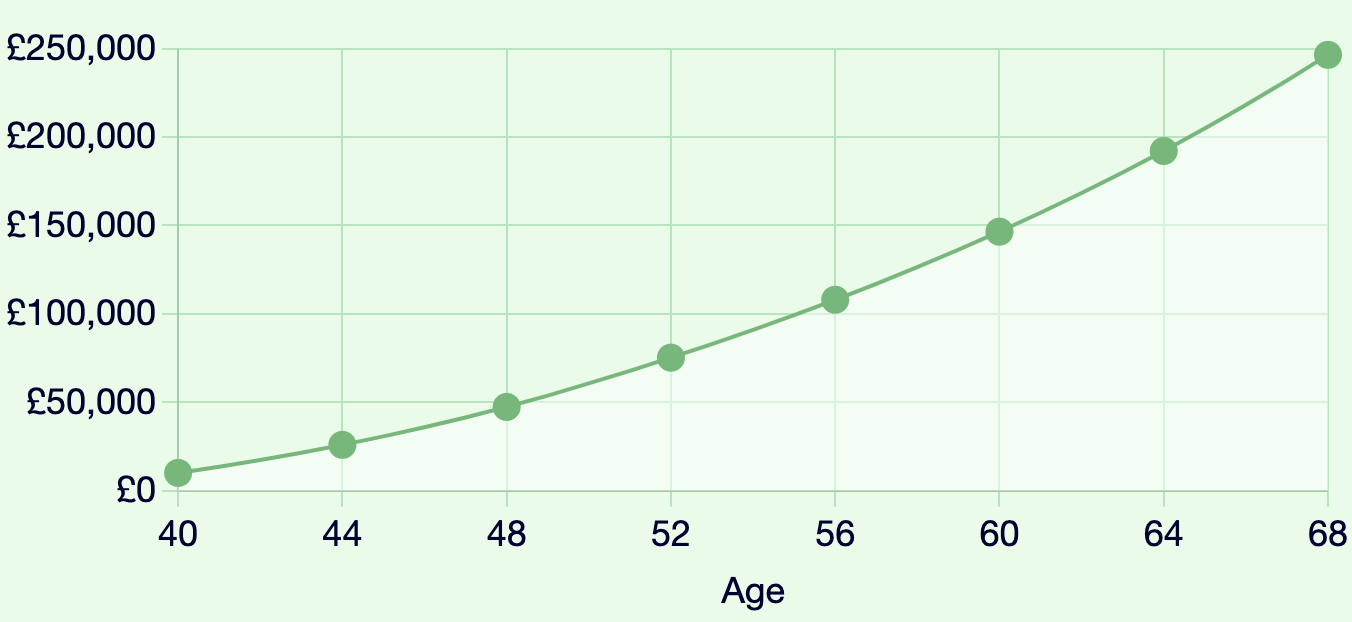
Our ISA calculator helps you to plan for your future and forecast how much you might end up with at the end of your planned saving period (e.g. 10 years).

We’ve planned for compound interest in our calculations, which is the interest you make earning more interest itself, and this snowballs each year (compounds) – and it’s this which means over time, small amounts of money can grow very large (Einstein called this the 8th wonder of the world).
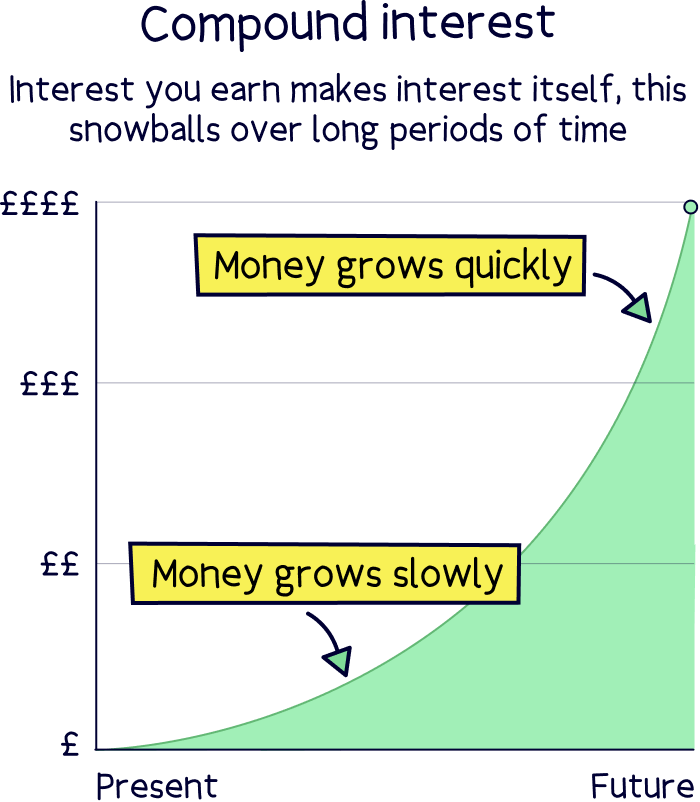
For cash savings, most advertised interest rates are AER (Annual Equivalent Rate), which is how much you’ll make in a year’s time (e.g. 3% of your savings by this time next year), this includes the monthly interest compounding – so the interest you make every month makes a little bit of interest itself the following months, rather than receiving the all the interest at the end of each year (although it does happen this way too).
Note: the alternative to AER is gross rate, and is how much the account pays with no compounding added.
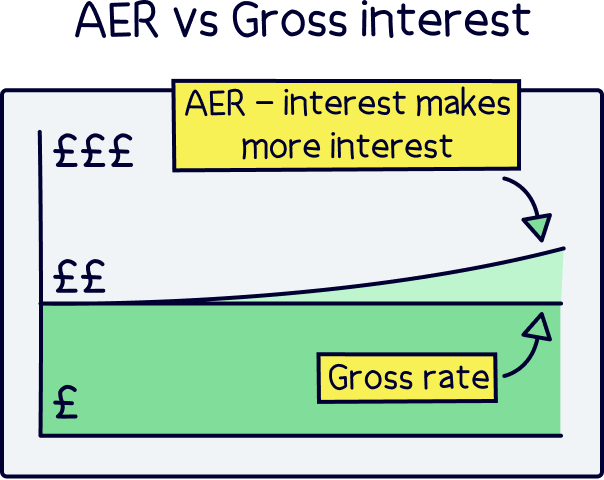
For investing, we’ve used yearly compounding, as investing growth is typically measured annually (although happens daily) and you won’t necessarily get interest paid to you each month – the investment value simply grows over time.
We also haven’t planned for you to withdraw any cash either – which will significantly reduce the impact on compound interest, depending on how much you withdraw (so try not to withdraw it until you need it).
And as it’s an ISA, we’ve ignored any tax you might otherwise have paid (as ISAs are tax-free) – more on ISAs below.
That’s it, simple right?
This is how much you’ve got in savings already.
This is how much you are intending to save per month into your ISA. The most you can save into an ISA is £20,000 per year, so there’s a limit of £1,667 per month. If you want to plan saving more, try our pension calculator.
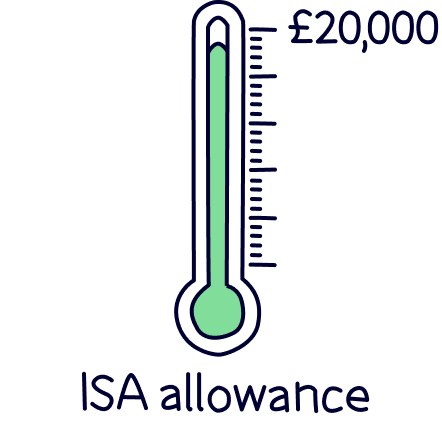
This is how long you intend to keep your savings for – and you can save up to 40 years with our calculator. If you’re intending to save for longer, such as for retirement, you might want to consider a personal pension (they’ve got great tax-free savings benefits too, more on those below, and try our pension calculator).
This is how much interest you’ll get each year in return for keeping your savings with a bank or financial company (more on interest below). This is for a Cash ISA (more on those below).
This is how much you’ll expect your money to grow each year (as an average). This is for a Stocks and Shares ISA (more on those below). As a guide, 5% per year is seen as a middle of the range forecast, 8% on the higher end and 3% on the low end (these are guidelines set by the Financial Conduct Authority (FCA), who are the people who look after financial companies).
Interest is what you earn from depositing your cash with a financial company (normally a bank, but it doesn’t have to be). In return for you storing your money with them, they give you a bit of money back, called interest.
You get interest because they make money from your money. They can do a wide range of things with it, such as loan it out to other people and businesses in exchange for higher interest rates than they give you.
Or, they can deposit some of their money with the Bank of England, who pay them interest, which is called the base rate (a higher interest rate than you’ll get from your deposit with a bank).
An ISA, or Individual Savings Account, is a government scheme to help you save – and everything your money makes is completely tax-free. Meaning you won’t pay any tax, ever.
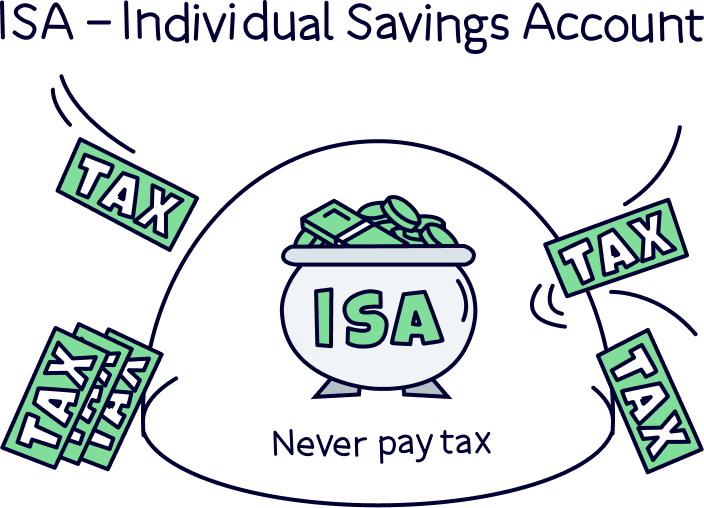
You can save up to £20,000 per tax year, which runs from April 6th to April 5th the following year, and this applies as a total across all the different types of ISAs you can have, which are:
(We’ll cover these in a bit more detail below.)
To summarise, with your ISA allowance, if you’re lucky enough to be able to save £20,000 per year, you can split it across the different (or the same) ISAs however you like, for instance £10,000 in a Cash ISA and £10,000 in a Stocks and Shares ISA – but you couldn’t put £20,000 into both (e.g. a total of £40,000).
Note: the limit on a Lifetime ISA is £4,000 per year, and still part of your ISA allowance.
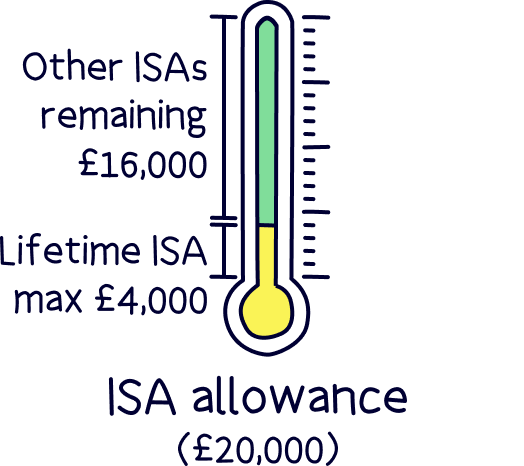
You can also have as many accounts of the same ISA as you like, so two different Stocks and Shares ISAs, and save a little bit into each one each year, as an example. However, you can only save into one Lifetime ISA account each year.
Note: there’s also a Junior ISA, where you can save for your kids future, and these can be either a Cash Junior ISA, or a Stocks and Shares Junior ISA, and you can save up to £9,000 per tax year, and is entirely separate to your own ISA allowance.
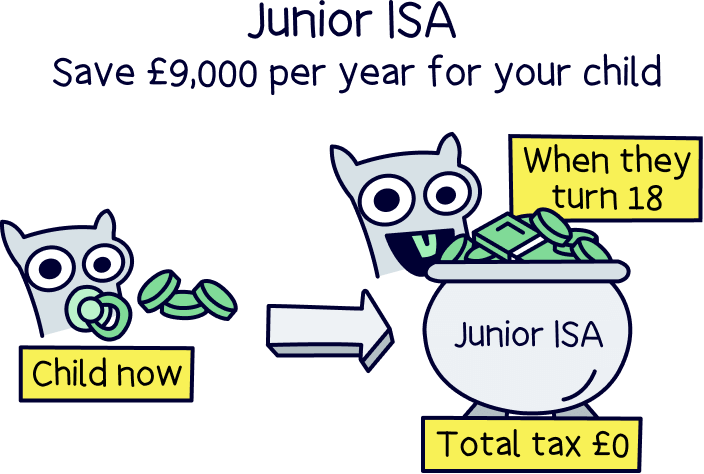
Cash ISAs are currently great for keeping your cash working for you – and you can earn interest in return for storing your money with a provider (such as a bank). You’ll earn interest either daily, monthly or annually (depending on the type of account you get), and your interest will be tax-free.
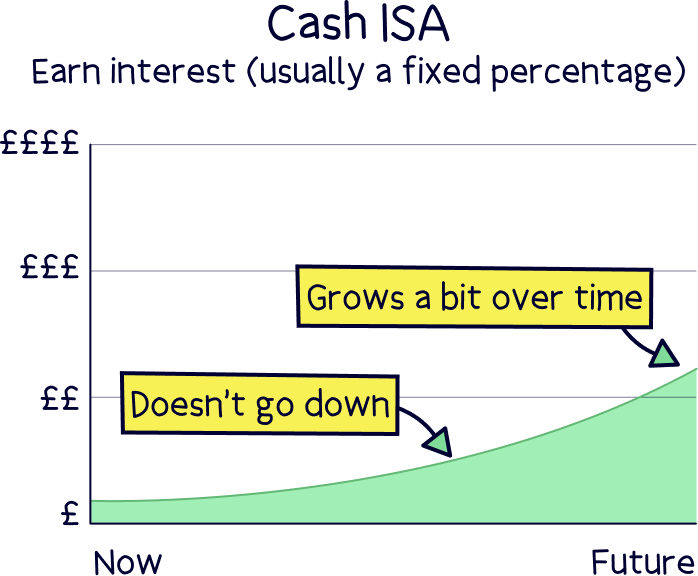
Nuts About Money tip: here’s our picks for the best Cash ISAs.
If it wasn’t tax-free, you’d likely pay the same amount of tax as you do on your salary, so between 20-45% on the amount of interest you make, depending on your total income (20% tax on income between £12,570 and £50,270)...
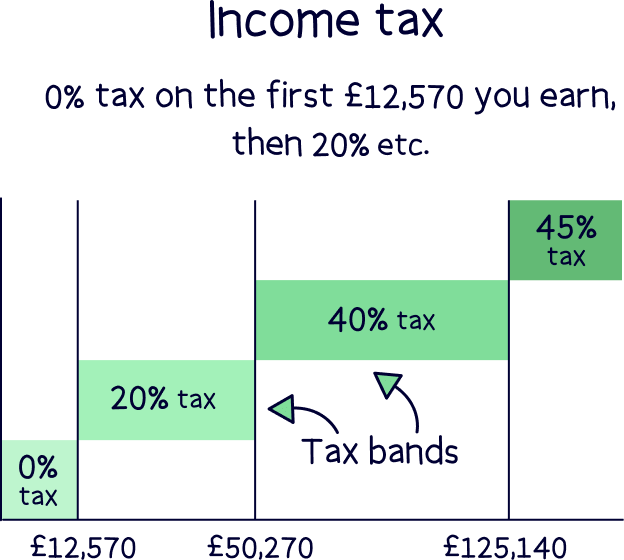
However, you do have an allowance where you are allowed to earn a certain amount of interest each year before you have to pay tax on it, called the Personal Savings Allowance…
If you have an income of less than £17,570, you get an extra £5,000 allowance before you have to pay any tax on your interest, called the ‘starting rate for savings’, which means any interest that puts your annual income up to £17,570 is tax-free (up to a maximum of £5,000 in interest). If you earn underneath £12,570 it’s tax-free anyway.
What that means is you don’t necessarily have to save within a Cash ISA, you can still earn interest tax-free from a regular cash savings account. Which means you could use your ISA allowance for a Stocks and Shares ISA to earn potentially more money over time (more on those just below).
Nuts About Money: here’s our picks for the best savings accounts.
Cash savings accounts (whether ISA or not) are a great option for things like emergency savings, and to save for things that you’ll pay for in the short term (typically under 5 years).
For longer term savings (such as lifelong savings), Stocks and Shares ISAs are typically seen as a better option to increase your money over time (below).
A Stocks and Shares ISA is where your money is invested in, you guessed it, stocks and shares, with the aim of growing your money over time. And it’s all tax-free.
If done right, they’re not as complicated or risky as they might seem, and can significantly increase your savings over time, potentially much more than interest from a cash savings account – and you can simply let the experts handle the investments (meaning you don't need to know much about investing).
Shares represent part ownership of a company (you own a share of a company), and they have a value (e.g. £100), and when a company does well and grows, this value can increase (e.g. to £200), and therefore your investment increases.
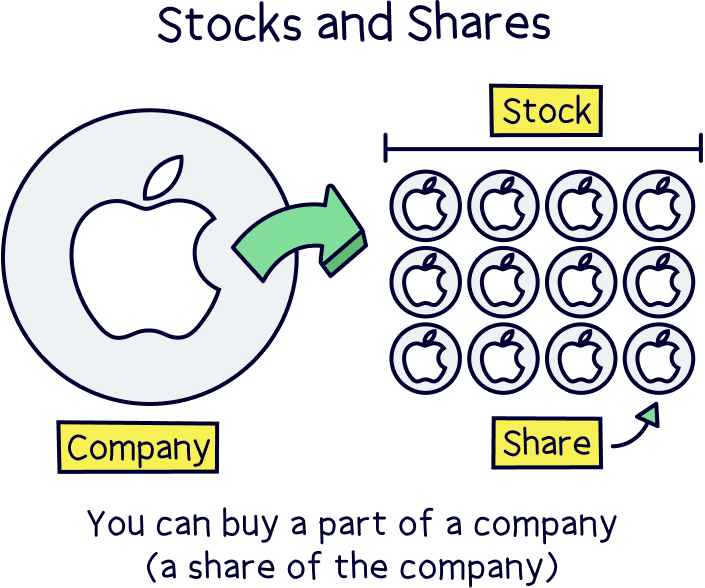
Most investment strategies would include owning thousands of different shares (companies), often by being invested in what’s called a fund, which is a large group of shares or similar kind of investments to shares (like loans to governments called bonds). This reduces a lot of the risk of your money falling in value significantly, and helps your money grow over time. Depending on how much it grows will usually depend on the level of risk you’re happy with, and the type of investment you’d like.
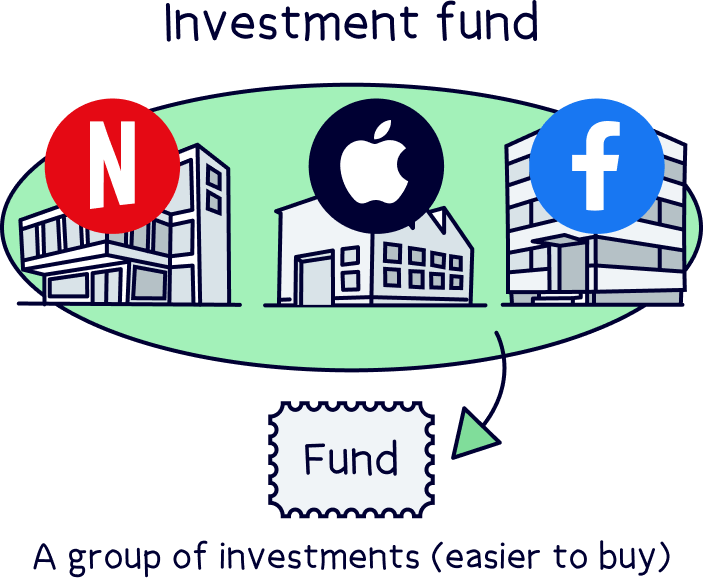
Your money will always go up and down day-to-day, but over time (e.g. over 5 years or more), and with the right investment strategy, it would typically grow fairly significantly (although there’s never any guarantees).
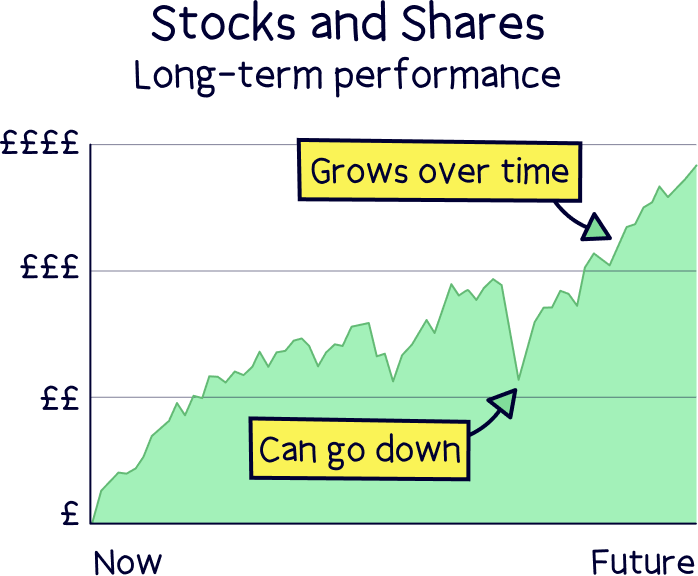
You can simply leave the experts to manage the investment side of things with a managed Stocks and Shares ISA (recommended), and leave your money to grow over time. Or, if you’re more confident with investing, you can manage your own investments within a self-managed ISA.
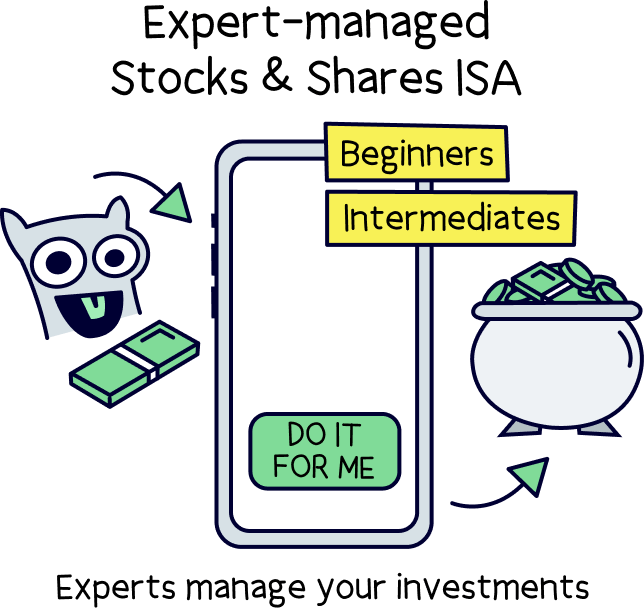
Nuts About Money tip: for all the top options for Stocks and Shares ISA, head over to our best investment platforms table.
With a Lifetime ISA (LISA), you can save for your first home and get a massive 25% bonus from the government automatically added on everything you save into it. And the money you make inside it is all tax-free too. Pretty great right?
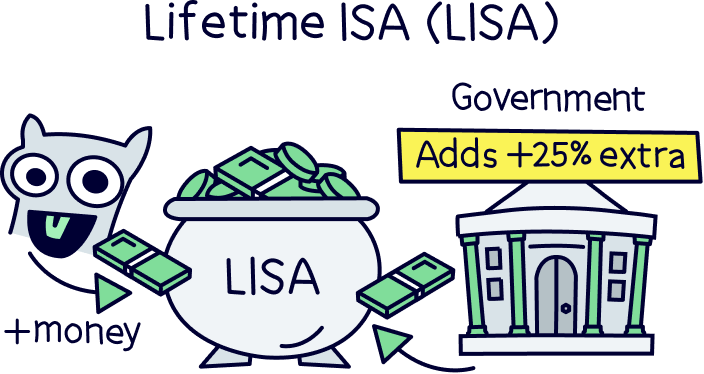
This account is designed to help you save for a house deposit for your first home, as it’s pretty difficult these days, and you can save up to £4,000 per tax year, so get up to £1,000 free each year.
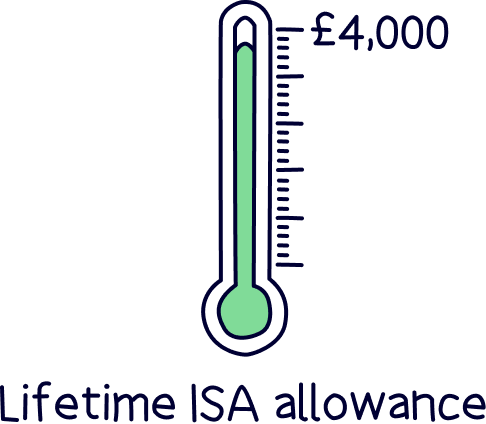
You can have a Cash Lifetime ISA (to save cash), or a Stocks and Shares Lifetime ISA (to invest your money), or both (if you save into them in different tax years).
You can use the Lifetime ISA towards a deposit for your first home, and to qualify, you must be a first-time buyer to use it (someone who has never purchased property before). The property value has to be under £450,000.
If you don’t end up using it for your first home, you can leave it to grow over the years, and you can only access it from the age of 60, otherwise you’ll have to pay a 25% penalty fee to access your cash (which works out as more than the 25% bonus you get – it sounds odd but the maths works out).
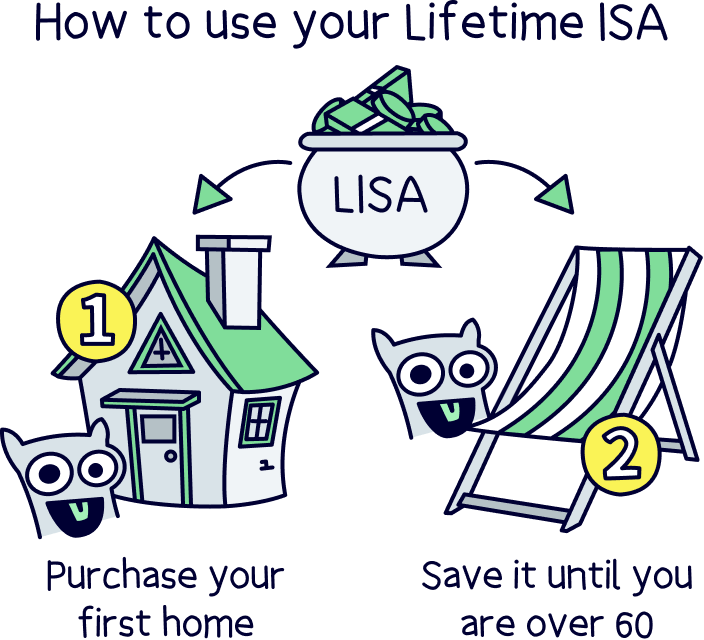
Anyway, as the money grows tax-free, and there’s no tax to pay when you withdraw from it, some people use them for retirement savings too (if they know they can’t use it to buy a home) – although you may find a pension is better for you (here’s our guide to a Lifetime ISA vs pension).
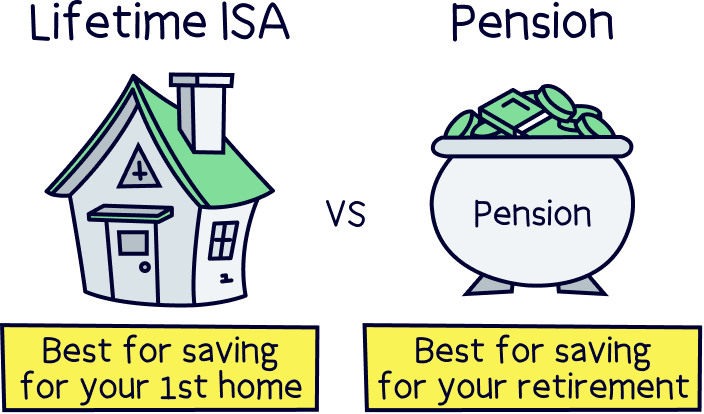
You need to be 18 or over to open one, but under 40, and can keep saving into them until you’re 50 years old.
Nuts About Money tip: here’s our top picks for the best Lifetime ISAs.
If you’re saving money to buy something in the short term, say the next couple of years, or maybe saving for something like a wedding, or, for an emergency fund (for instance, if you lose your job), then you might want to opt for keeping your money as cash, and simply earn interest via a tax-free Cash ISA or a regular savings account. This is because your money won’t fall in value over the short term (a year or two), it will always earn a bit of interest and go up.
However, saving cash isn't usually the best way of saving, and often the interest you earn won’t even keep up with inflation (which is the price of things like food and services going up over time), which technically means your savings aren’t actually making you richer.
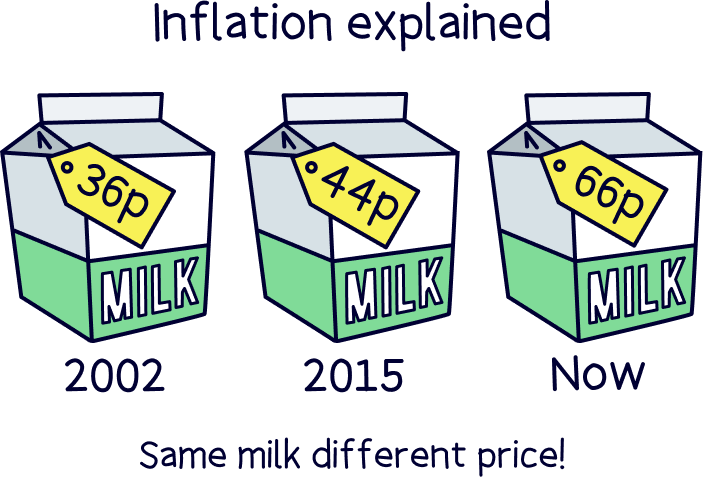
Here’s all the top Cash ISAs.
For longer term savings, where you aren’t too bothered if the money goes down in value in the short term (because you aren’t going to use it), then investing is typically seen as the best option – this is because the amount you can earn on average each year is far higher than the interest rate you can get from a cash savings account – on average you might get somewhere from 3-10%+ per year (and even more depending on your investment strategy).
The best way to invest is through a Stocks and Shares ISA, where everything you make is tax-free.
Here’s all the top Stocks and Shares ISAs.
To help save for a deposit for your first home, a Lifetime ISA is typically the best option – you’ll get a 25% bonus from the government on all the cash you save into one, and you can save up to £4,000 per tax year, so up to £1,000 of free each year. You can save more into a regular ISA after (£16,000 more per year).
Here’s all the top Lifetime ISAs.
If you’re planning for your future (and you should be!), you might not want to use an ISA, that’s because a pension account is pretty great – your money will grow tax-free, and your contributions are also tax-free too (the money you add).
And, they can grow very large over time (with experts looking after the money invested).
Note: you can use a Lifetime ISA for later life, if you know you won’t use it for buying your first home, but they only really have benefits if you earn under £50,270 per year, as you only get the equivalent of 20% tax relief. Learn more with our guide to a Lifetime ISA vs pension.
You might be familiar with a pension from work, called a workplace pension, but you can also boost your retirement savings with a personal pension, which have all the same tax-free savings benefits.
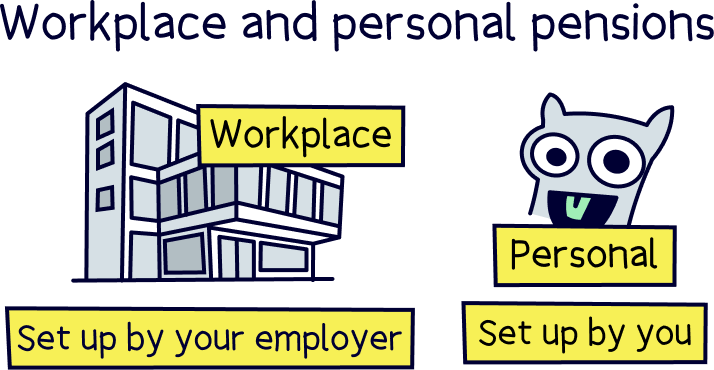
With a personal pension, you’ll get a 25% bonus on all the money you add, automatically added to your pension pot by the government, and if you pay 40% or 45% tax on your income, you can claim part of this back too (via a Self Assessment tax return).
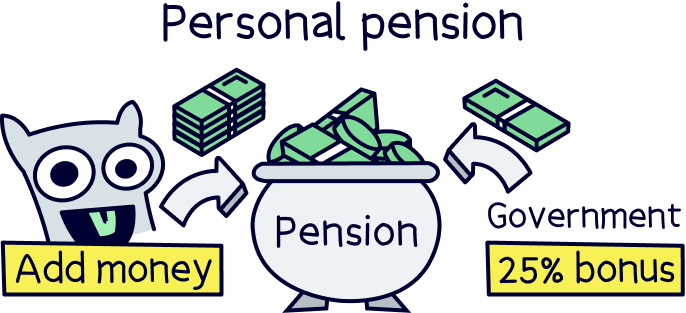
This is called tax relief, and you get it because you’ve already paid tax on your income (so it's getting refunded).
We won’t go into the details too much here, but you can save up to £60,000 per year, or your annual income (whatever is lower of the two).
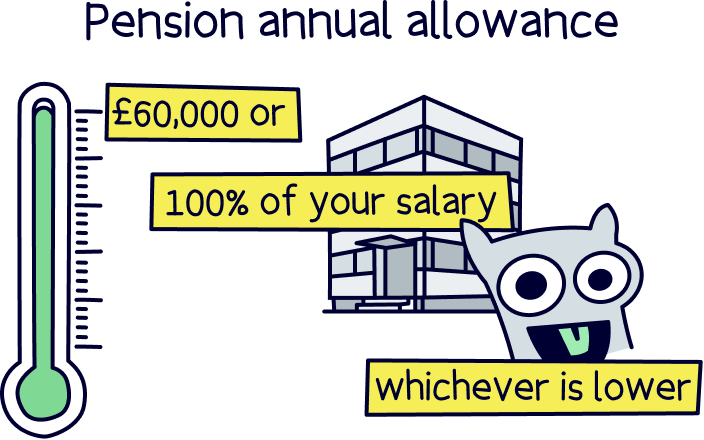
With a personal pension you get to pick which pension provider to use (you don’t get to pick which pension you get from work), so can pick a great one, perhaps with experts managing your pension (the investments), a great mobile app to manage things, and things like great customer service.
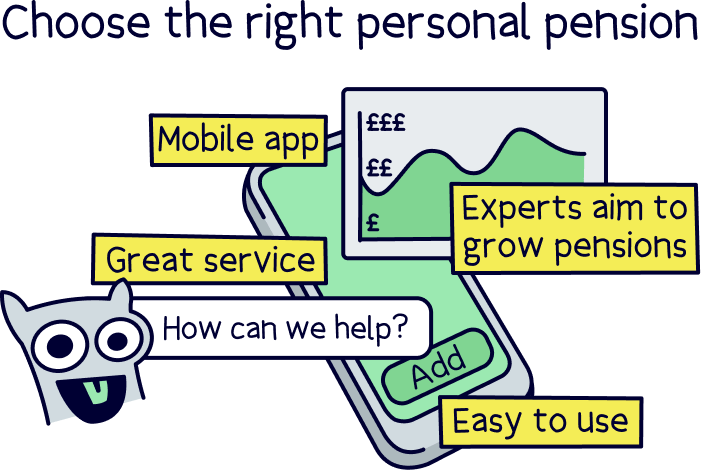
Anyway, if that sounds interesting, learn more with our guide to personal pensions, and to get started check out all our top pension providers.
interactive investor is a low cost (flat monthly fee), investment platform with excellent customer service.